Showing 171–180 of 192 results

How many of us know about the persons involved in pulling down the controversial structure the Babari Masjid in Ayodhaya? What is the importance of Ram janmabhoomi? Was the Babari structure built on the portions of Ram Mandir? All this and much more in a QuestionAnswer form, based on ground realities, presented in this book.
How many of us know about the persons involved in pulling down the controversial structure the Babari Masjid in Ayodhaya? What is the importance of Ram janmabhoomi? Was the Babari structure built on the portions of Ram Mandir? All this and much more in a QuestionAnswer form, based on ground realities, presented in this book.
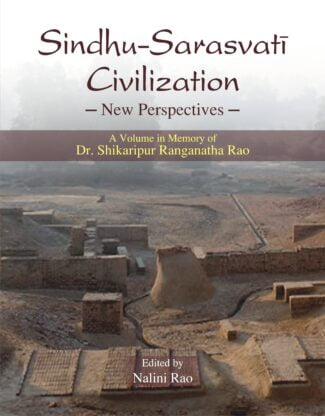
In this book eminent archaeologists, philologists, anthropologists and historians re-examine recent research and existing theories upon the nature of the interrelation between the two most ancient prehistoric cultures of the South Asian subcontinent: the Indus (Sindhu) or Harappan Civilization and the Vedic Civilization.
SindhuSarasvati Civilization: New Perspectives. A Volume in Memory of Dr Shikaripur Ranganatha Rao is a compilation of the papers presented at the International Conference on the SindhuSarasvati Civilization: A Reappraisal held in Loyola Marymount University, Los Angeles, during 21-22 February 2009. Here, eminent archaeologists, philologists, anthropologists and historians re-examine recent researches and existing theories upon the nature of the interrelation between the two most ancient prehistoric cultures of the South Asian subcontinent: the Indus (Sindhu or Harappan Civilization) and the Vedic Civilization. The scholars touch upon areas of consensus and contentions, with a tentatively conclusive interdisciplinary understanding about the pluralistic culture and shared identity of the two riverine cultures between 3000 and 1500 bce.
They rightly swing the balance of the argument away from the archaic and now exploded Aryan Invasion Theory to the well-grounded Vedic Sarasvati milieu as the home of the Harappan Civilization. Thus it opens a new window to the cultural content of the prehistoric period of the subcontinent.
The eminent personalities that have contributed include Ashok Aklujkar, Shiva G. Bajpai, Giacomo Benedetti, R.S. Bisht, Edwin Bryant, Michel Danino, Subhash Kak, Robin Bradley Kar, Nicholas Kazanas, Mark Jonathan Kenoyer, Prem Kishore Saint, Jim J. Shaffer, Diane A. Lichtenstein, Shrikant Talageri, Lavanya Vamsani as well as Sundara Adiga, S.R. Rao, and Nalini Rao.
This volume is poised to evoke keen interest among archaeologists, researchers, historians and students of history and archaeology.
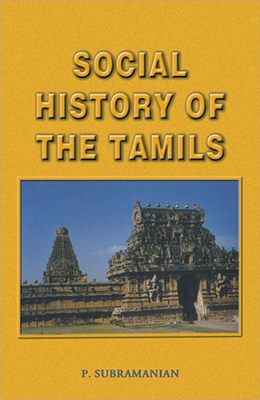
The book offers an account of the Tamils society, economy, religious beliefs, educational mechanisms, arts and cultural expressions (during 1707-1947). It also discusses the profound influence of colonial rule in the tradition-bound Tamilian society.
Notwithstanding the prolificity of indepth researches in contemporary historiography, Professor Subramanian’s book is the first concentrative effort to track down the social history of the Tamils. Today, the Tamils, over fifty million of them, live in the south-eastern state of the Indian peninsula: Tamil Nadu — which indisputably represents the very nucleus of millennia-old Dravidian culture in India. The book offers a compelling account of the Tamils’ society, economy, religious beliefs, educational mechanisms, arts, and cultural expressions during the years 1707-1947 — when, significantly, the British domination blossomed, bloomed, and faded; when new thoughts, new ideas, and new ways of life came as irresistibly into the homeland of the Tamils as into the Indian subcontinent. Thus retracing over two centuries of the ‘British connextion with India’, the author here tries to show how the long colonial rule in India exposed the tradition-bound Tamilian society to Western influences — with results that proved incalculable in both their range and depth. Social History of the Tamils : 1707-1947 is the outcome of Professor Subramanian’s decade-long, painstaking research, authenticated by an astonishing mass of evidence including archival records, Jesuit sources, Modi (Maratha) manuscripts, newspapers’ reports, biographies, travelogues, literary writings, and even fictional works.

The book unveils the ancient Indian society in all its variegated evolutionary expressions across 2500 years to explore the sociological orientations of the Vedic Samhitas, Brahmanas, Upanisads and other Sanskrit works besides Buddhist and Jaina works.
It is a fascinating, meticulously documented study unveiling, for the first time, the ancient Indian society in all its variegated evolutionary expressions across about two-and-a-half millennia: since the Vedic times (c. 1500 BC) with a beautifully well-knit account of its religions and cultic practices; economic paradigms; polity and statecraft; educational set-up; customes, manners, etiquettes; food habits, drinks, dress styles; sports, pastimes, modes of recreations; sex life and sexual morality; casteist hierarchies; attitude towards women; and its crimes, punishments and legal codes. Epitomising a lifetime of Dr. Banerjis research on ancient India, the book vividly captures all different articulations of sociological import from a whole body of traditional writings: both sacred and secular. Again, it turns out to be the first ever study to singly explore the sociological orientations of the Vedic Samhitas, Brahmanas, Upanishads, Kalpasutras, Vyakaranas, Puranas, Smritishastras, Tantric texts, the Ramayana, the Mahabharata, Kautilyas Arthashastra, and many other Sanskrit classics besides Buddhist and Jaina works in Pali, Prakrit and Apabhramsha languages. With highly informative appendices, extensive bibliographic references and a glossary of technical/unfamiliar words, the book holds out enduring appeal to both scholars and discerning readers.
The Socio-Literary and Cultural Study of Indian Society from Ancient to Modern is a search for India’s heritage: Hindu, Sufi and about Nationalism and India’s freedom from her colonial past. It is analytical but not learnedness. The author believes as Iqbal, the famous Urdu poet, said: “Transcend your reason because though it is a glow, it is not your destination; it can only be the path to the destination show.” People, both Indian and foreign, who want to understand Indian heritage from Ancient to Modern in a simple, agreeable style and friendly manner, is the author’s destination. In this volume, he has tried to demolish many myths like dharma is religion, Vedas are Śruti though the Almighty ordered six ṛṣis to write them down. A Hindu is just not emotional in mind, he also believes in analytic discussion (tarka). Upaniṣads are not just created by ṛṣis but also by a revolution unfolded by the students by barraging questions after questions.By explaining about the vitality of India and many other subjects, the book elucidates many things about the idea of India in an authentic manner. The readers will find here many varieties of theological explication, ultimately leading to the celebration of life while searching for the divine and realizing the self.

The volume examines the triangular relationship and conflicts among the Indian princes, the politicians and the British over the channels of communication, interference in administration, succession to throne and the collection of import duties. The book also explores the honours system of titles and salutes, which played a central role in princely India.
In Sovereignty, Power, Control, John McLeod uses the princely states of the Western India States Agency (now in Gujarat) as a case-study to examine the triangular relationship among the Indian princes, the politicians of the states’ people’s movements, and the British. He argues that the princes were motivated by the desire to safeguard their sovereignty; the politicians by a quest for a share in power in the states; and the British by a policy of maintaining control. McLeod first analyses the conflict among the parties over the channels of communication between the princes and the British, the collection of duty on imports at state ports, and the existence of numerous small states in Gujarat. He then turns to British interference in the princes’ affairs over the issues of minority administration, maladministration, and succession to princely thrones. Finally, he explores the honours system of titles and salutes, which played a central role in princely India.
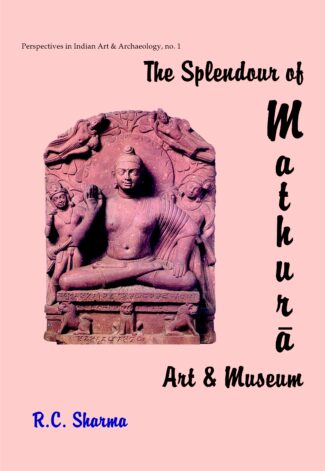
The book presents various stages of development of Mathura art from its earliest times and, in the process, gives a valuable account of the archaeological explorations and expeditions in the region since 1836.
It is a treasure document enlightening the various stages of development of Mathura art from its earliest times. Introducing the socio-cultural background from the pre-historic times it furnishes a valuable account of the archaeological explorations and expeditions in the region since the first antiquity saw the light of the day in 1836. Indigenous by birth, the Mathura School of Art flourished on the banks of Yamuna, reached its pinnacle under the Kushana patronage, continued in the Gupta age followed by Medieval times, thus dominating the entire Northern India for more than five centuries leaving behind imprints to be followed by the succeeding art styles. The type of stone and style changed with time and it did get influenced by its contemporary School of Gandhara once, but its exclusiveness remained down the ages. Beside the analytical assessment of the folk art tradition of early terracottas and yaksha cult, Dr. Sharma brings to light for the first time the salient features of the evolution and development of Mathura sculptures on various themes including Jaina, Buddhist and Brahmanical. The book is an uptodate document of new researches, fresh arrivals and latest reorganisation of the Museums galleries. The coloured and black & white illustrations in this book speak of the display of rich Mathura art in the Museum. The Index to the Exhibits will facilitate in spotting the description of a specific object quickly. Important sites have been located on the City and District maps and situation of galleries and ancillary units of the Museum can be found on the Gallery Plan. While the visitors will find the book a very remunerative companion during the Museum round the scholars will equally be benefitted through the prolific research material it reveals.
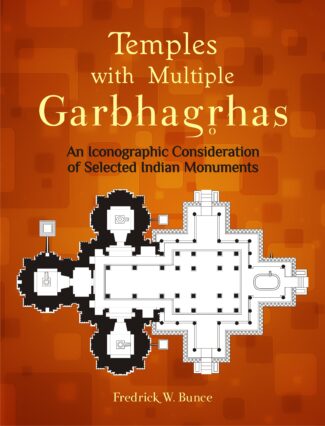
This volume identifies and presents over one-hundred temples having more than one garbhagrha, categorized as dvikuta, trikuta, catuskuta, pancakuta, saptakuta, navakuta and caunsath. It features the temples in detail: their historical milieu, their iconography and the application of mandala(s) to their plans.
Hindu temples are raised to their deities. They are a means to acknowledge the deity and to enshrine his/her images. People honour and worship the deity. Within the Hindu pantheon, there is an array of divinities spread over three major sects Þ Vaisnava, Saiva and Sakta. All these sects have stemmed from the Vedic teachings and beliefs. Normally a temple is devoted to a single diety, having a solitary sanctum (garbhagrha), called ekakuta. In this volume, the author, through his serious research, has made a sincere attempt to identify, present and feature about one hundred temples with multiple garbhagrhas which are categorized as dvikuta, trikuta, catuskuta, pancakuta, saptakuta, navakuta and caunsath yogini temple.
This book delves deep into the details of these temples: their historical milieu, their iconography, the application of mandala(s) to their plans and so on. It also attempts to correct those errors crept in the earlier studies of other researchers in understanding and detailing a few multiple garbhagrhas. The author has given a brief description of such temples and has made a sincere effort to provide a relatively precise scale rendering of those temples, in a size and format, commensurate with their importance.
This volume can serve architects, temple planners, researchers, vastu experts and even historians as a sourcebook on temples with multiple garbhagrhas.
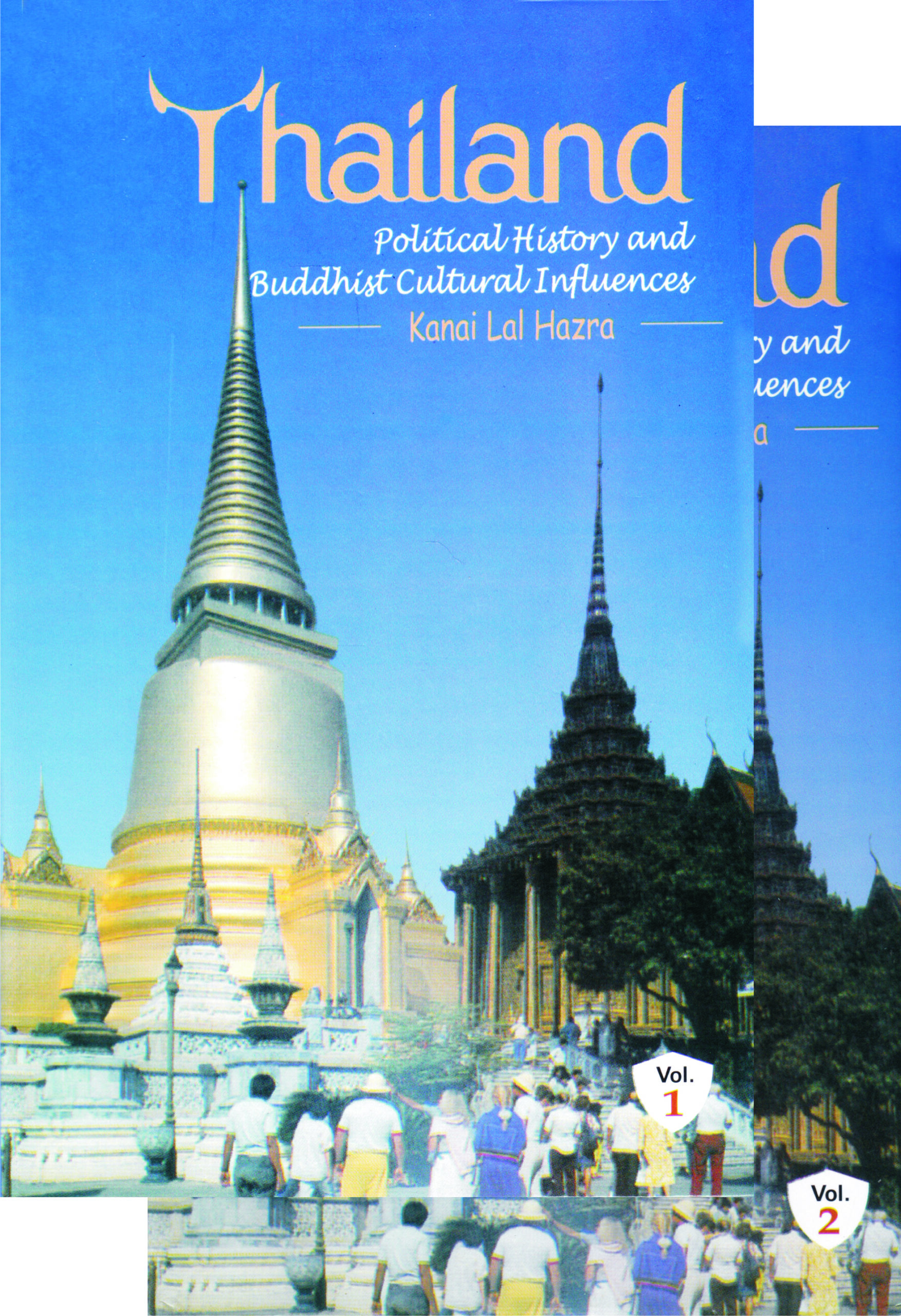
The book comprehensively studies aspects of Thai political life, religion, art and literature emphasising the role of Buddhism in influencing the Thai culture. It analyses Buddhist art styles pertaining to sculpture, stucco decoration and paintings in different periods of history and surveys schools of art and stupa-building.
The book is a comprehensive study of different aspects of Thai political life, religion, art and literature with the emphasis on the role of Buddhism in influencing the Thai culture and way of life. Showing how Thailand has a unique blend of a glorious past traceable to very early times and remarkable modernisation attempts, it traces, under political history, the earliest dynasties of kings and their battles and wars to found empires and cities down to more recent political developments in particular, its loss of territories to the British and the French in the nineteenth-twentieth centuries, its relation with other nations and its economic scenario. Reflecting deep scholarship and quoting extensively from ancient and modern scholarly works it looks into the rise and development of Buddhism referring constantly to inscriptional evidences and archaeological studies. Focussing on a detailed analysis of the growth of Buddhist art styles pertaining to sculpture, stucco decoration and paintings in different periods of history, it takes up a survey of the schools of art and stupa-building while revealing how the Thai art form is based on ideas borrowed from India, Sri Lanka and Cambodia. In an interesting attempt, the author undertakes a discussion of the Thai tamnan (stories/legends) of the distant past: historical works by Buddhist monks and accounts relating to Buddhist images, relics and institutions.
| There are no products |